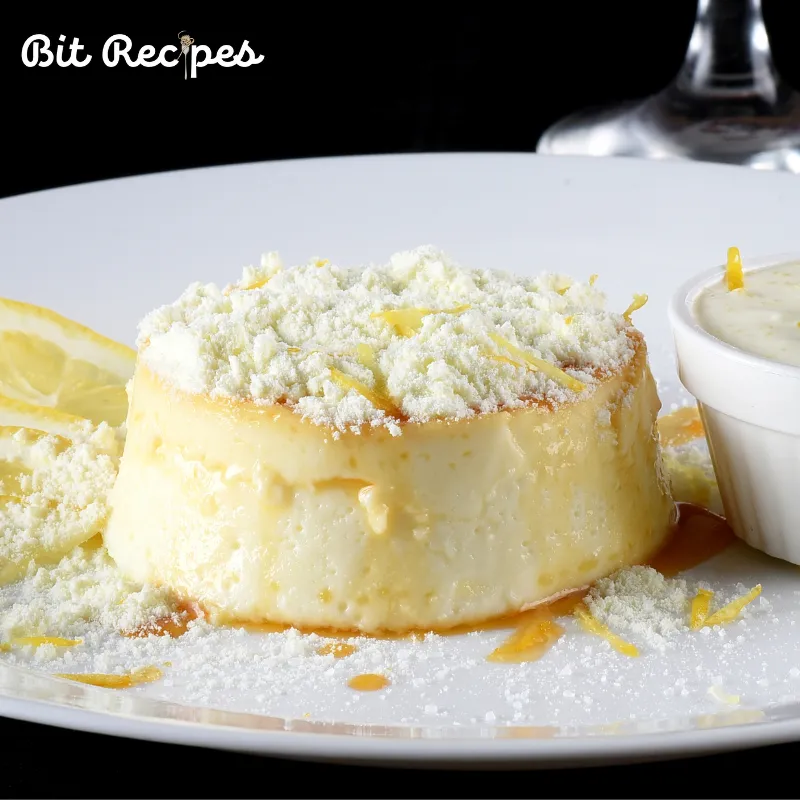Welcome to the delightful world of milk pudding! Whether you’re a curious foodie or just someone with a sweet tooth, this amazing pudding has a lot to offer. In this article, we’ll take a journey through the creamy, comforting goodness of milk pudding. From its intriguing history to its versatile applications, there’s so much to explore. So, grab a spoon and let’s dive in!
History of Milk Pudding:
Milk pudding has a rich history that dates back centuries. It’s believed to have originated in medieval Europe, where it was enjoyed as a luxurious treat among the nobility. Over time, it spread to various parts of the world, each culture adding its own unique twist to the recipe. From rice pudding in Asia to flan in Latin America, this pudding has truly become a global culinary sensation.
Applications of Milk Pudding:
One of the best things about milk pudding is its versatility. It can be enjoyed in many different ways, making it suitable for any occasion. Whether you prefer it warm or chilled, plain or topped with fruit, there’s a pudding recipe out there for everyone. It’s also a great base for experimenting with flavors. You can add anything from chocolate to matcha to create your own signature dessert.
Best Milk Pudding Recipes:
If you’re itching to try your hand at making milk pudding, you’re in luck! There are countless delicious recipes to choose from. For a classic take on this timeless treat, you can’t go wrong with a simple pudding recipe. With just four ingredients, it’s easy to whip up in no time. But if you’re feeling adventurous, don’t be afraid to get creative and experiment with different flavors and toppings.
How to Make Milk Pudding:
Making milk pudding at home is easier than you might think. All you need are a few basic ingredients and some simple kitchen tools. To start, gather milk, sugar, cornstarch, and vanilla extract. Then, follow these easy steps:
Main Ingredients:
1. Milk:
Ah, milk, the star of the show! It’s the foundation of our milk pudding recipe, providing that creamy richness we all love. Whether you use whole milk for an extra indulgent texture or opt for a lighter version, the milk sets the stage for a velvety-smooth dessert experience. Plus, it’s packed with calcium and other essential nutrients, making our pudding not just delicious but also nutritious.
2. Sugar:
Sweet, sweet sugar – it’s what gives our milk pudding its irresistible sweetness. As we whisk it into our warm milk mixture, the sugar melts, creating a luscious syrup that adds depth and balance to each spoonful. It’s the perfect complement to the creamy milk, ensuring our pudding is not only creamy but also delightfully sweet.
3. Cornstarch:
Ah, the unsung hero of our recipe – cornstarch! This humble ingredient may seem unassuming, but it plays a crucial role in thickening our pudding to that perfect, spoon-coating consistency. As it cooks, the cornstarch binds with the liquid, transforming it from a thin milk mixture into a decadent pudding. Plus, it’s gluten-free, making our dessert suitable for those with dietary restrictions.
4. Vanilla Extract:
Last but certainly not least, we have vanilla extract – the secret ingredient that elevates our milk pudding from good to downright heavenly. With just a splash of this aromatic essence, our pudding is infused with warm, floral notes that dance on the palate with each creamy bite. It adds a touch of sophistication to our dessert, turning a simple treat into a truly memorable experience.

Milk Pudding
Ingredients
- 4 cups whole milk 960 ml
- 1/2 cup granulated sugar 100 grams
- 1/2 cup cornstarch 65 grams
- 1 teaspoon vanilla extract
Instructions
- In a saucepan, pour 3 cups (720 ml) of whole milk and bring it to a gentle simmer over medium heat.
- While the milk is heating, in a separate bowl, mix the remaining 1 cup (240 ml) of milk with the cornstarch until smooth.
- Once the milk in the saucepan is simmering, gradually whisk in the sugar until dissolved.
- Slowly pour the milk and cornstarch mixture into the saucepan, whisking constantly to prevent lumps from forming.
- Continue cooking and stirring the mixture over medium heat until it thickens to a pudding-like consistency, which should take about 10-12 minutes.
- Once thickened, remove the saucepan from heat and stir in the vanilla extract.
- Pour the pudding into individual serving dishes or a large bowl.
- Let the pudding cool for a few minutes at room temperature, then cover it with plastic wrap, making sure the plastic wrap touches the surface of the pudding to prevent a skin from forming.
- Chill the pudding in the refrigerator for at least 2 hours, or until completely set and chilled.
- Serve the milk pudding cold, optionally garnishing with fresh fruit or whipped cream, if desired. Enjoy!
FAQs About Milk Pudding:
Can I use non-dairy milk to make milk pudding?
Yes, you can swap out traditional dairy milk for non-dairy alternatives like almond milk, coconut milk, or soy milk. Just keep in mind that different types of milk may affect the flavor and texture of the pudding slightly, so feel free to experiment to find the perfect match for your taste buds.
Can I use a sugar substitute in place of regular sugar?
Yes, you can substitute granulated sugar with alternatives like honey, maple syrup, or stevia if you prefer a different level of sweetness or if you’re looking to reduce your sugar intake. Just be mindful that different sweeteners may behave differently when heated, so you may need to adjust the amount and cooking time accordingly.
Can I make milk pudding without cornstarch?
While cornstarch is commonly used to thicken the pudding, you can also use alternatives like flour or arrowroot powder if you don’t have cornstarch on hand or if you prefer a different thickening agent. Keep in mind that each substitute may yield slightly different results, so it’s essential to follow a recipe or adjust the measurements accordingly to achieve the desired consistency.
Can I add flavorings or mix-ins to my milk pudding?
Absolutely! One of the best things about this pudding is its versatility, so feel free to get creative with flavorings and mix-ins. You can add ingredients like cocoa powder, cinnamon, nutmeg, or extracts like almond or coconut to infuse your pudding with delicious flavor. You can also stir in mix-ins like chopped nuts, dried fruit, or chocolate chips for added texture and decadence.
How long does milk pudding last in the refrigerator?
This pudding can typically be stored in an airtight container in the refrigerator for up to three to four days. However, it’s essential to keep in mind that the texture may change slightly over time, so it’s best enjoyed within a few days of making it for the freshest taste and texture. Just be sure to give it a good stir before serving to redistribute any separated liquid.
Conclusion:
In conclusion, milk pudding is a timeless dessert that has stood the test of time. Whether you’re indulging in a classic recipe or putting your own spin on it, there’s something truly comforting about its creamy goodness. So, the next time you’re craving something sweet, why not give milk pudding a try? With just a few simple ingredients and a little bit of love, you can create a delicious treat that’s sure to satisfy.







